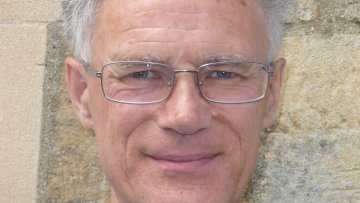Critical exponents in the $\phi^4$ model
Abstract
The $\phi^4$ model in statistical physics describes the
continous phase transition in the liquid-vapour system, transition to
the superfluid phase in helium, etc. Experimentally measured values in
this model are critical exponents and universal amplitude ratios.
These values can also be calculated in the framework of the
renormalization group approach. It turns out that the obtained series
are divergent asymptotic series, but it is possible to perform Borel
resummation of such a series. To make this procedure more accurate we
need as much terms of the expansion as possible.
The results of the recent six loop analitical calculations of the
anomalous dimensions, beta function and critical exponents of the
$O(N)$ symmetric $\phi^4$ model will be presented. Different technical
aspects of these calculations (IBP method, R* operation and parametric
integration in Feynman representation) will be discussed. The
numerical estimations of critical exponents obtained with Borel
resummation procedure are compared with experimental values and
results of Monte-Carlo simulations.


